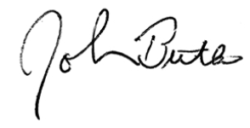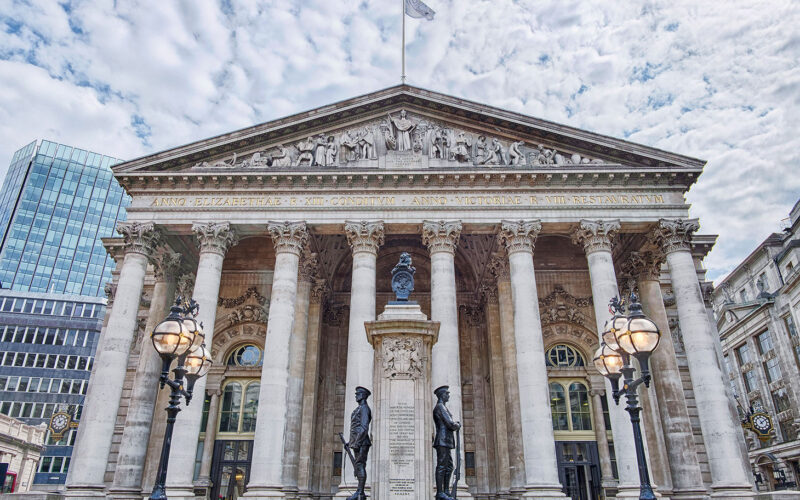- US interest rates are finally headed lower
- It is probably too late to prevent a recession
- Do financial markets reflect reality?
Long anticipated by the financial markets, the US Federal Reserve finally cut rates last week, by 0.5%. Stock markets rallied modestly on the news.
Does this materially change the US or global economic outlook? No. Even if we are at the beginning of a series of cuts, as seems likely, the slowdown is likely to continue.
Indeed, it is generally accepted that changes in US interest rates and monetary and credit conditions generally take at least six months to get any economic traction at all, with most of the effect taking place over a year later.
This is not to say that Federal Reserve policies do not have a potentially large impact, only that this occurs with a long lag and over a sustained period of time.
This is one reason why, on several occasions in recent decades, the Fed has undertaken emergency actions of some kind. When there is a problem right at the heart of the financial system, given all the debt and leverage involved, by the time the entire economy is improving due to lower rates the financial system will have long since seized up.
To some, including me, this is a case of the financial “tail” wagging the real economic “dog”. The Fed has an established track-record of doing whatever it takes to ensure the financial system continues to function, but at what real economic cost?
There is no free lunch in economics: recent decades have been characterised by repeated boom and bust. Most recently, we have been subject to a huge surge in inflation and, if I’m right, we’re heading into at least a mild if not severe global economic recession. The cost of propping up an unstable financial system is high indeed.
Don’t misunderstand me: the Fed is very much in charge of the US economy. The Fed essentially runs it. The Bank of England does much the same here in the UK. Just ask Liz Truss or Kwasi Kwarteng.
The European Central Bank’s situation is more complicated due to the more fractured nature of the euro-area, but it still has tremendous power. In some cases this power has been exercised in a way that has effectively toppled governments.
It is less clear that the US Federal Reserve has the power to bring down a president, although some would argue that Jimmy Carter was a victim of an aggressive Fed under Paul Volcker.
However, central bank activism, including in the political sphere, appears to have become rather common, as my colleague Nick Hubble has pointed out on several occasions.
Candidate for US vice president JD Vance made a statement just this past week that, if he and Trump are elected this November, the Fed might well act in a way to bring down their administration or otherwise hamstring it. They need only sit by and allow Wall Street’s “bond market vigilantes” to do their dirty work for them by attacking the US Treasury market.
“Wall Street will try to make Donald Trump suffer a fate like Liz Truss’s, warns JD Vance,” reads the headline in the Telegraph.
Perhaps Mr Vance has read Ms Truss’s book. Or perhaps he has been reading The Fleet Street Letter, which has previously highlighted the increasingly overt political role played by central banks in recent years and the implications this might have for financial markets.
One notable effect of central bank activism is that it undermines faith in the financial markets to price assets accurately. If markets are just political tools, being manipulated to prop up or bring down governments, then how are investors to make rational investment decisions?
This sort of environment presents challenges, to be sure, but there are in fact multiple things that investors can do to invest prudently and potentially profit regardless. The Fleet Street Letter editor Nick Hubble and I recently prepared a series of reports that offer a detailed roadmap. If you have yet to check it out, I recommend you do so here.
Until next time,

John Butler
Investment Director, Fortune & Freedom



